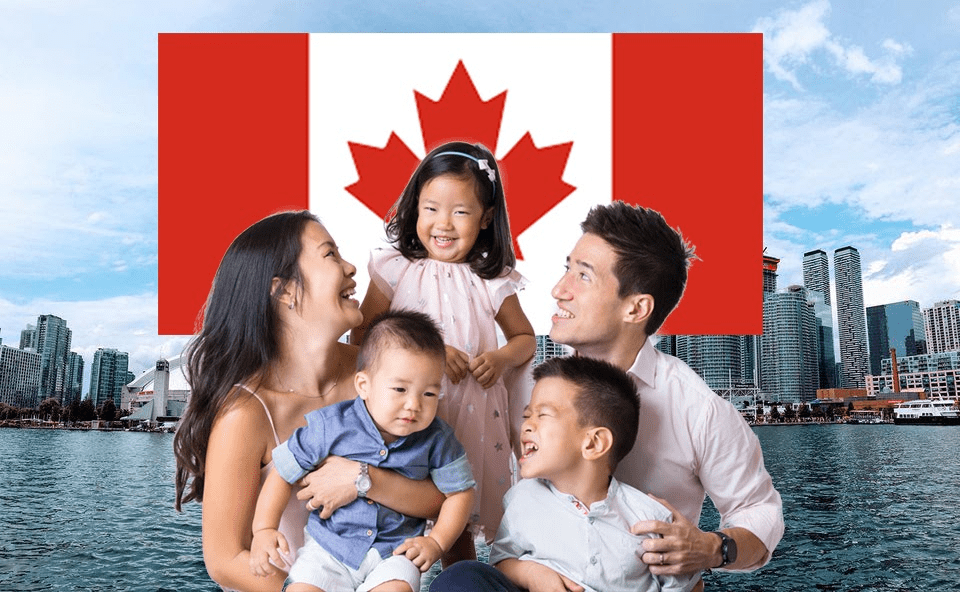Introduction to US-Canada Border Crossing
Did you know that the US-Canada border is the longest international border around the world? Every year, millions of people cross this border for employment, tourism, or to see their relatives. As it is seamlessly connected and follows great routes, it can be an exciting and an easy trip if prepared ahead of time. ENTERING CANADA FROM US BORDER
Whether you decide to drive it over for just a quick short escape or travel by train over a more leisurely experience, it all demands some form of planning. In this regard, let’s examine all you should understand when crossing Canada from the U.S. borders.
Method of Entry of US-Canada Border
Through Car
The most popular route to cross is by driving. All the roads are well-maintained, and the routes, being scenic routes, make for a delightful ride. However, your vehicle has to meet all the country standards, and remember to take along your license and insurance.
By Train
You also have options to travel with Amtrak trains connecting significant US cities with places in Canada. It is convenient, scenic, and stress-free, but get ready for custom checks with all travel documents ready.
By Air
You could fly in bordering Canada. Toronto Pearson Airport and Vancouver International are easy connections to US hubs. Get ready to go through immigration when you arrive. CANADA VISA FOR AUSTRIAN NATIONALS
By Foot
Some borders can be crossed by pedestrian means, although adventurous people will want to experience that. Pedestrians crossing borders can include such places like in Blaine, Washington. Keep your documents, for the process is as strict as other modes are.
Critical Documents for Cross-Border Access
Passport
The most important document is your passport. US citizens can cross the land and sea borders with a passport card, but a real passport when flying.
Requirements differ for non-US citizens
If you are not a US citizen, you might need a visa or Electronic Travel Authorization (eTA) to enter Canada. Check the requirements for your nationality before traveling.
NEXUS Card for Regular Crossers
The NEXUS card is great for frequent crossers. It’s a must-have for those who value convenience and time.
Customs and Immigration Procedures
Declaration of Goods
You’ll need to declare any items you’re bringing into Canada, especially gifts, alcohol, and tobacco. Honesty is key to avoiding penalties.
Handling Restricted and Prohibited Items
Some items, like fresh produce or firearms, may be restricted or prohibited. Check Canada’s customs website to avoid surprises.
Immigration Questions
Be prepared to answer standard questions about your trip, such as the purpose of your visit, your duration of stay, and where you’ll be staying.
Tips for a Smooth Border Crossing
Researching Wait Times
Certain crossings can get congested, especially during holidays. Use apps or websites to check wait times and plan accordingly.
Packing Smartly and Following Guidelines
Keep your travel documents, declaration forms, and other essentials in an accessible place. This saves time and reduces stress during customs checks.
Major Border Crossing Points
Busiest Crossings in the East
The Peace Bridge in Buffalo, New York, and the Champlain–St. Bernard de Lacolle crossing are two of the busiest in the eastern region. They provide easy access to major Canadian cities.
Busiest Crossings in the West
The number one option to head towards Vancouver is the crossing to Blaine-Surrey just north of Seattle. The alternative options are available at Sweetgrass-Coutts crossing in Montana.
Bringing Pets or Kids
Regulations to Bring Pets
Take a pet? Make sure all pets have had a current vaccination, including rabies. There may be province-specific requirements.
Crossing with Minor Children
If you are carrying children, carry documents that will prove guardianship and consent from absentee parents. The border authorities always ensure a child’s safety comes first.
COVID-19 Requirements
Testing and Vaccination Documentation
You might need to provide evidence of getting vaccinated or taking a negative Covid-19 test. This usually depends on government updates, and you should see the updates when your trip begins.
Changes in Health Policies
Canada health policies are very dynamic. Keep yourself updated to avoid any inconveniences during your visit.
Common Problems and Solutions
Dealing with Long Wait Times
It is very frustrating when crossing busy borders. Try to arrive early or go during midweek mornings, when there is less congestion.
How to Deal with Lost or Forgotten Documents
You will be turned away from the border if you forget important documents. Check everything before leaving for home.
Advantages of NEXUS
What is NEXUS Program?
NEXUS program is one of the trusted traveler programs. It has expedited processing for low risk individuals. It is ideal for people who cross the border quite often.
How it Promotes Border Crossing
NEXUS card holders are offered special lines, short waiting time, and expedited customs clearance.
Conclusion
Crossing into Canada from the US border is such a rich experience, full of beautiful landscapes and friendly faces and endless opportunities for adventure. Preparation of documents, following customs guidelines, and embracing the journey is sure to bring you a memorable trip.
FAQs
1. Do I need a passport to enter Canada from the US?
Yes, a passport or passport card is necessary crossing by land or by sea while traveling by air one needs to have a full passport.
2. Is my U.S. driver’s license sufficient enough to enter into Canada?
Yes. For a short-term visit U.S. driver’s licenses are accepted in Canada.
3. When is the best time to make the border crossing?
The mid-week mornings seem to be shorter waits, but actual real-time can be checked better.
4. Is alcohol allowed into Canada?
Yes, but with some quantitation; declare at the custom.
5. Are pets allowed in the US-Canada border?
Yes, especially if you have some vaccination records, including rabies; other requirements may apply.
